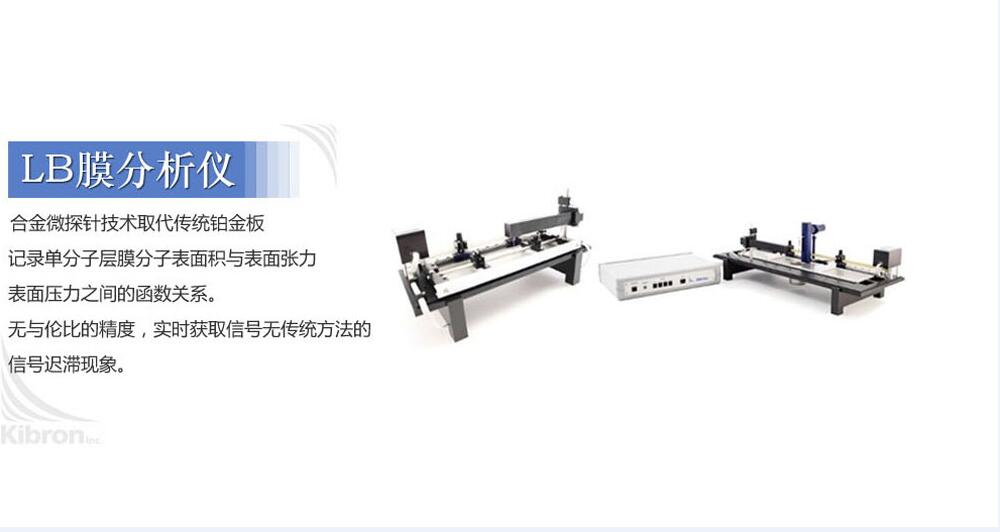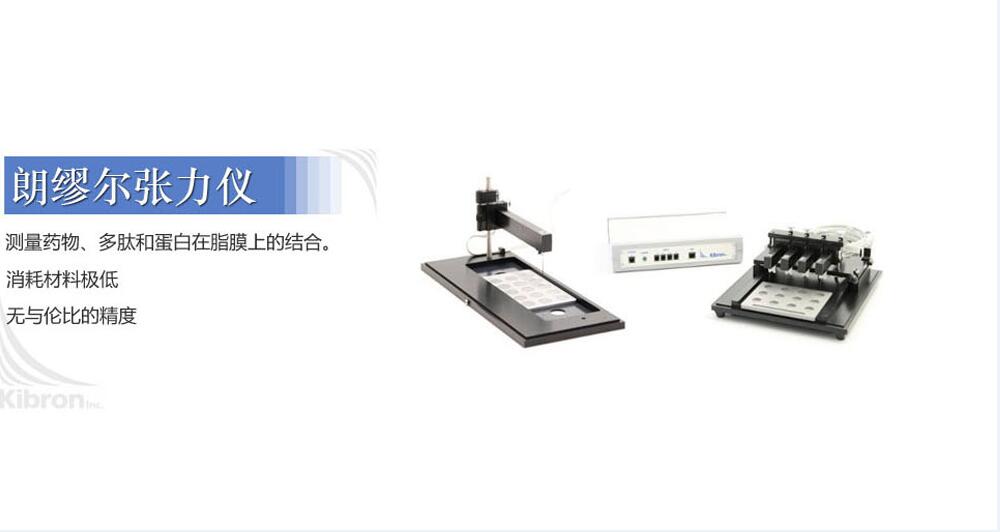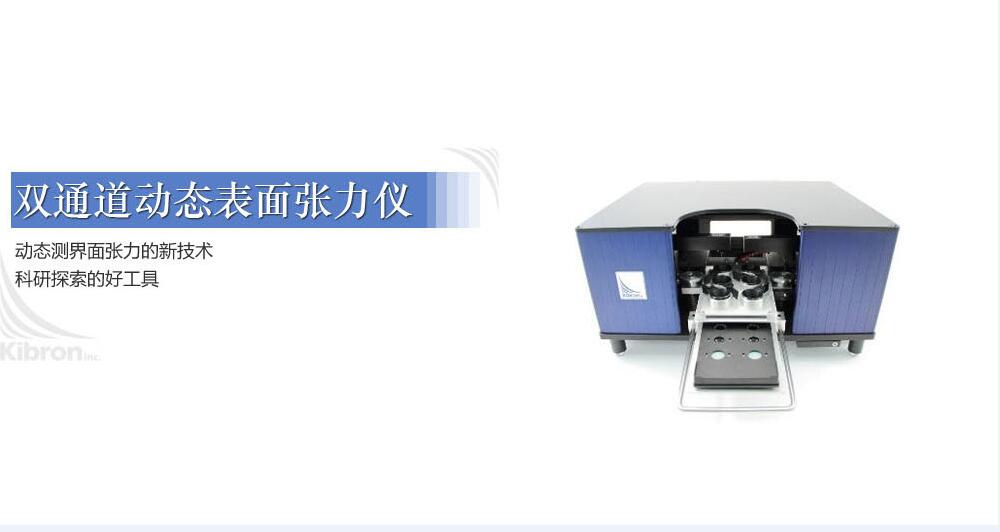合作客戶/
拜耳公司 |
同濟(jì)大學(xué) |
聯(lián)合大學(xué) |
美國(guó)保潔 |
美國(guó)強(qiáng)生 |
瑞士羅氏 |
相關(guān)新聞Info
-
> 環(huán)保非水基鉆井液界面張力、基本性能和抗污染能力——結(jié)果與討論、結(jié)論與認(rèn)識(shí)
> 表面張力儀分析生物表面活性劑對(duì)菲、1-硝基萘的增溶與洗脫效果和機(jī)制
> 水成膜泡沫滅火劑之氟碳表面活性劑YM-316復(fù)配性能及表面張力測(cè)定(上)
> 基于藥液表面張力測(cè)定估算蘋果樹最大施藥液量的方法(一)
> 什么叫熔體,表面張力對(duì)陶瓷熔體的作用機(jī)理
> 基于界面張力弛豫法考察羥基取代烷基苯磺酸鹽的界面擴(kuò)張流變性質(zhì)(三)
> 不同稠油下油相中芳烴含量、水相pH值對(duì)油-水界面張力變化規(guī)律
> 天然和合成寶石的表面張力怎么測(cè)
> 一滴水緩慢落到非常光滑的平面上,接觸面積會(huì)有多大?
> 添加不同量阿維菌素Silwet 408對(duì)阿維菌素微乳劑藥液表面張力的影響——摘要、材料與方法
推薦新聞Info
-
> Langmuir槽法研究不同電性Gemini表面活性劑對(duì)界面吸附膜性質(zhì)的影響(三)
> Langmuir槽法研究不同電性Gemini表面活性劑對(duì)界面吸附膜性質(zhì)的影響(二)
> Langmuir槽法研究不同電性Gemini表面活性劑對(duì)界面吸附膜性質(zhì)的影響(一)
> 生物表面活性劑產(chǎn)生菌的篩選及對(duì)PAHs污染環(huán)境的修復(fù)效果研究(四)
> 生物表面活性劑產(chǎn)生菌的篩選及對(duì)PAHs污染環(huán)境的修復(fù)效果研究(三)
> 生物表面活性劑產(chǎn)生菌的篩選及對(duì)PAHs污染環(huán)境的修復(fù)效果研究(二)
> 生物表面活性劑產(chǎn)生菌的篩選及對(duì)PAHs污染環(huán)境的修復(fù)效果研究(一)
> 表面活性劑生物降解度測(cè)定方法種類及表面張力法的優(yōu)勢(shì)——結(jié)果與分析、結(jié)論
> 表面活性劑生物降解度測(cè)定方法種類及表面張力法的優(yōu)勢(shì)——摘要、實(shí)驗(yàn)部分
> 炔屬二醇表面活性劑對(duì)環(huán)氧灌漿材料漿液性能、灌體的滲透性影響(二)
表面活性劑是否對(duì)斥水性土壤的潤(rùn)濕性有影響?——結(jié)論、致謝!
來(lái)源:上海謂載 瀏覽 1574 次 發(fā)布時(shí)間:2021-11-09
結(jié)論
不像人工創(chuàng)造的穩(wěn)定的驅(qū)蟲表面或多孔 介質(zhì),拒水土壤表現(xiàn)出潤(rùn)濕動(dòng)力學(xué),由此 最初疏水的土壤隨著時(shí)間的推移變得親水 與水接觸時(shí)。 初始潤(rùn)濕動(dòng)力學(xué) 排斥土壤通常歸因于 固液界面能 (γSL),或液汽界面能 (γLV) 的降低,或兩者兼而有之。 γLV 的減少 建議是由于土壤表面溶解 活性有機(jī)化合物進(jìn)入與水接觸的水中 土壤。 在這項(xiàng)研究中,我們測(cè)試了土傳表面的影響 潤(rùn)濕動(dòng)力學(xué)的活性物質(zhì),并發(fā)現(xiàn),與廣為接受的范式相反,土壤釋放表面 活性化合物不會(huì)加速潤(rùn)濕過(guò)程。 因此很明顯,固體界面能的變化 表面(γSL 或 γSV),而不是液汽 表面 (γLV) 必須在驅(qū)動(dòng)不穩(wěn)定排斥性土壤的潤(rùn)濕動(dòng)力學(xué)方面起主導(dǎo)作用。
致謝
本研究由以色列農(nóng)業(yè)部資助 和農(nóng)村發(fā)展,資助號(hào) 821-0088-04。
參考
Barrett, G. & Slaymaker, O. 1989. Identification, characterization, and hydrological implications of water repellency in mountain soils, southern British-Columbia. Catena, 16, 477–489.
Bisdom, E.B.A., Dekker, L.W. & Schoute, J.F.T. 1993. Water repellency of sieve fractions from sandy soils and relationships with organic material and soil structure. Geoderma, 56, 105–118.
Chen, Y. & Schnitzer, M. 1978. Surface-tension of aqueous-solutions of soil humic substances. Soil Science, 125, 7–15.
Dekker, L.W., Oostindie, K. & Ritsema, C.J. 2005. Exponential increase of publications related to soil water repellency. Australian Journal of Soil Research, 43, 403–441.
Dinar, E., Taraniuk, I., Graber, E.R., Katsman, S., Moise, T., Anttila, T. et al. 2006. Cloud condensation nuclei properties of model and atmospheric HULIS. Atmospheric Chemistry and Physics, 6, 2465–2481.
Doerr, S.H., Shakesby, R.A. & Walsh, R.P.D. 2000. Soil water repellency: its causes, characteristics and hydro-geomorphological significance. Earth-Science Reviews, 51, 33–65.
Doerr, S.H., Dekker, L.W., Ritsema, C.J., Shakesby, R.A. & Bryant, R. 2002. Water repellency of soils: the influence of ambient relative humidity. Soil Science Society of America Journal, 66, 401–405.
Ellerbrock, R.H., Gerke, H.H., Bachmann, J. & Goebel, M.O. 2005. Composition of organic matter fractions for explaining wettability of three forest soils. Soil Science Society of America Journal, 69, 57–66.
Feng, G.L., Letey, J. & Wu, L. 2002. The influence of two surfactants on infiltration into a water-repellent soil. Soil Science Society of America Journal, 66, 361–367.
Gee, G.W. & Bauder, J.W. 1986. Particle-size analysis. In: Methods of Soil Analysis. Part 1. Monograph No 9 (ed. A. Klute), pp. 383–411.
American Society of Agronomy, Madison, WI. Graber, E.R., Ben-Arie, O. & Wallach, R. 2006. Effect of sample disturbance on soil water repellency determination in sandy soils. Geoderma, 136, 11–19.
Hurrass, J. & Schaumann, G.E. 2006. Properties of soil organic matter and aqueous extracts of actually water repellent and wettable soil samples. Geoderma, 132, 222–239.
Letey, J. 1969. Measurement of contact angle, water drop penetration time, and critical surface tension. In: Proceedings of the Symposium on Water Repellent Soils 6–8 May 1968 (eds L.F. DeBano & J.F. Letey), pp. 43–47. University of California, Riverside, CA. Letey, J., Carrillo, M.L.K. & Pang, X.P. 2000. Approaches to characterize the degree of water repellency. Journal of Hydrology, 231–232, 61–65.
Ma'shum, M. & Farmer, V.C. 1985. Origin and assessment of water repellency of a sandy South Australian soil. Australian Journal of Soil Research, 23, 623–626.
Roy, J.L. & McGill, W.B. 2002. Assessing soil water repellency using the molarity of ethanol droplet (MED) test. Soil Science, 167, 83–97.
Tschapek, M. 1984. Criteria for determining the hydrophilicityhydrophobicity of soils. Zeitschrift fu¨r Pflanzenerna¨hrung und Bodenkunde, 147, 137–149.
Walkley, A. & Black, I.A. 1934. An examination of the Degtjareff method for determining soil organic matter and a proposed modifi- cation of the chromic acid titration method. Soil Science, 37, 29–38. Wallach, R. & Graber, E.R. 2007. Effluent irrigation-induced soil water repellency: time dependent variation of infiltration rate and of water repellency at different levels of ambient relative humidity. Hydrological Processes, 21, 2346–2355.
Wallach, R., Ben-Arie, O. & Graber, E.R. 2005. Soil water repellency induced by long-term irrigation with treated sewage effluent. Journal of Environmental Quality, 34, 1910–1920.
Wallis, M.G. & Horne, D.J. 1992. Soil water repellency. Advances in Soil Science, 20, 91–140.
表面活性劑是否對(duì)斥水性土壤的潤(rùn)濕性有影響?——概括、介紹
表面活性劑是否對(duì)斥水性土壤的潤(rùn)濕性有影響?——材料和方法










